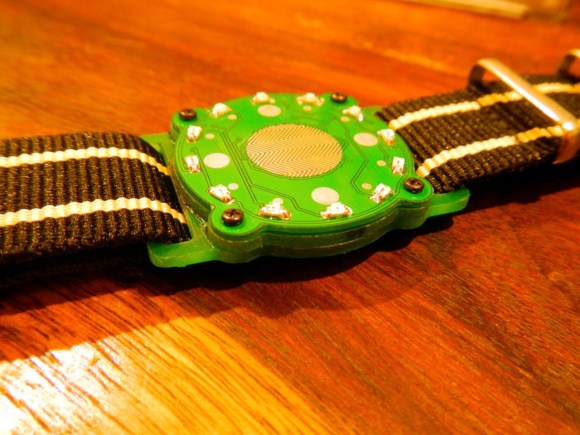![]()
Another week has gone by and we hope you’ve been happily hacking away in your underground lairs. If not, here’s some inspiration that didn’t quite make it to the front page this week:
[Razr] used a CFL ballast to replace the mechanical one in his fluorescent tube light fixture.
To make the drawers of his workbench more awesome [Rhys] used the faceplates from some servers.
This week saw some changes in the hobby PCB market. Looks like BatchPCB is being sold to OSH Park starting May 1st. [Thanks Brad]
[Rich Olson] shouldn’t have any trouble getting out of bed now that his alarm clock literally shreds cash if he doesn’t shut it off.
We faced the same problem as [Kremmel] when we first got a Raspberry Pi, no USB keyboard. We bought one but he simply hacked his laptop to work. [Thanks Roth]
You may remember that post about a self-propelled snowboard. Here’s a similar project that uses a screw-drive system.
And finally, if you need help reading a quadrature encoder from a microcontroller this lengthy technical post is the place to look.












